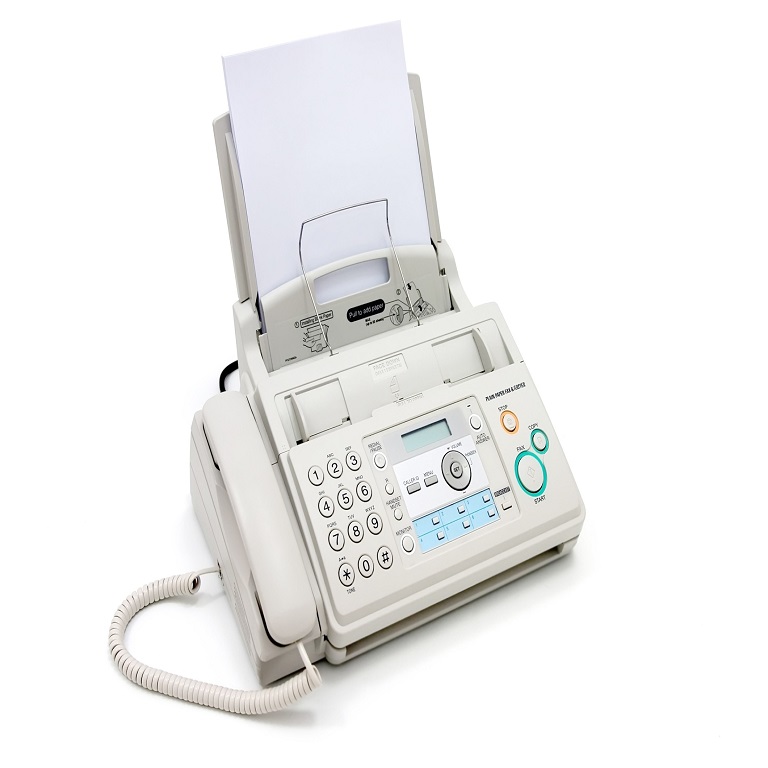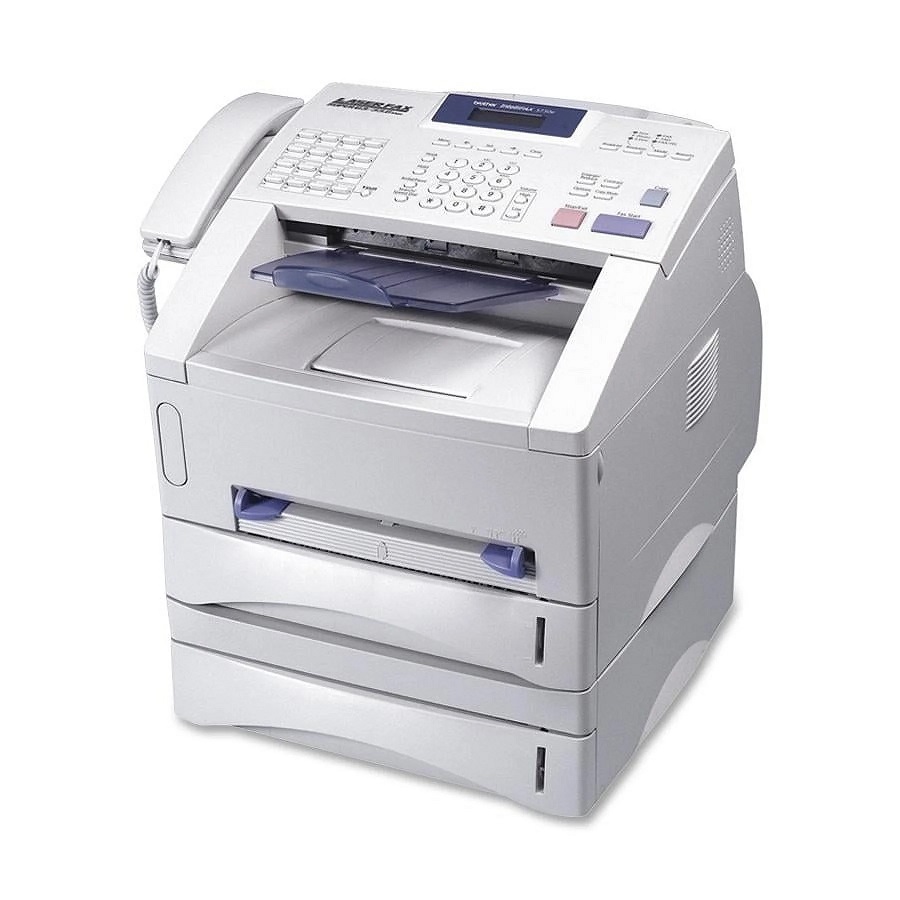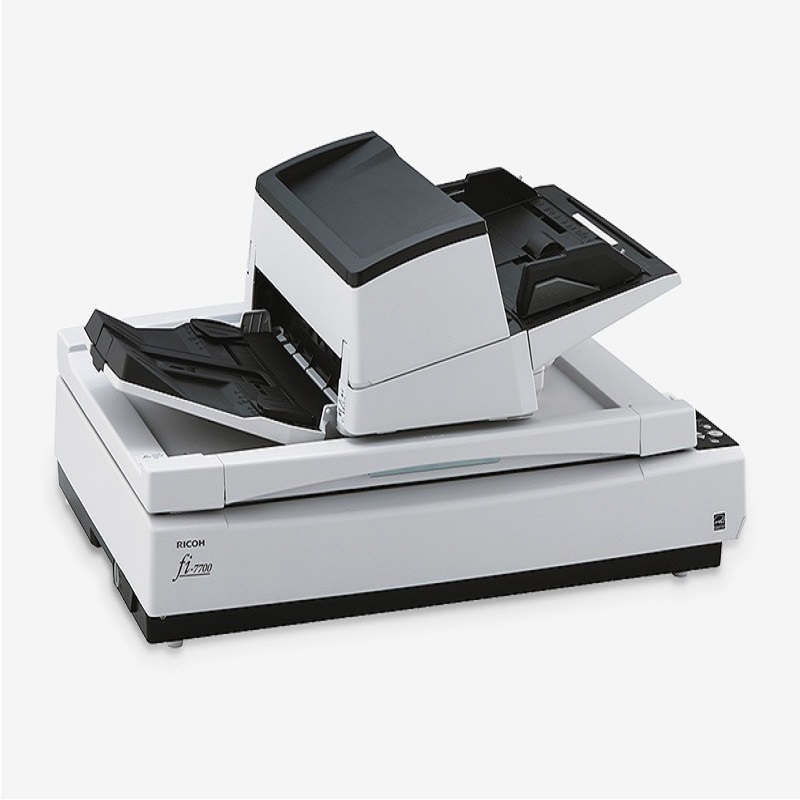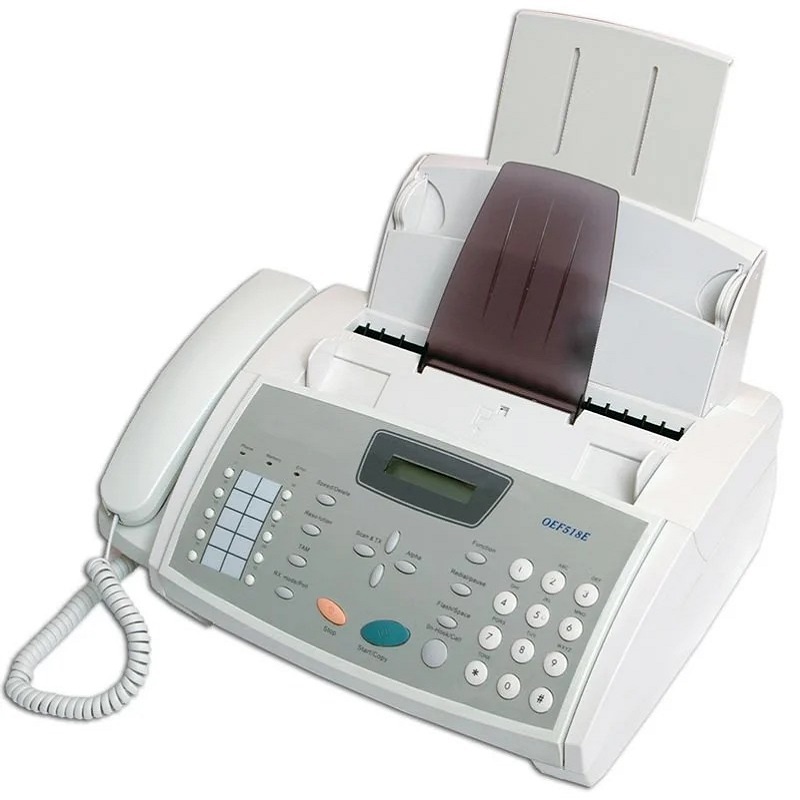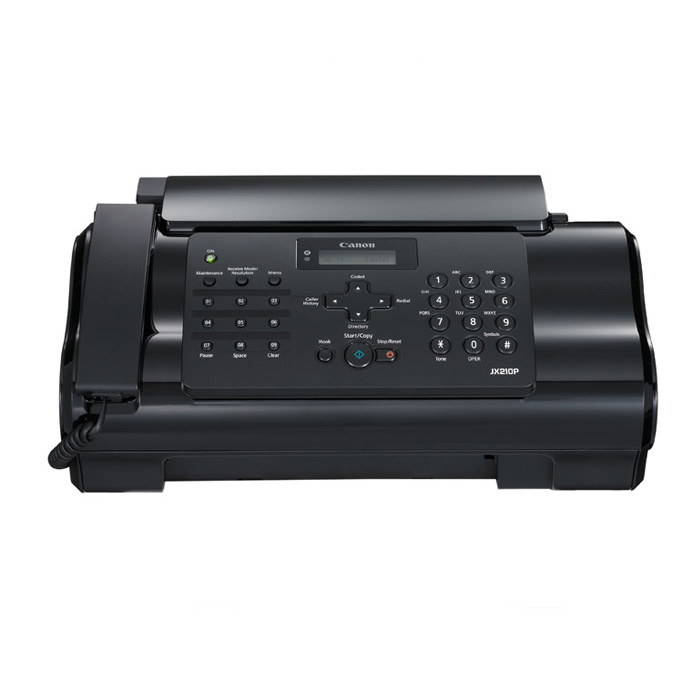What year was fax machine invented? The invention of the fax machine revolutionized the way information is transmitted and shared, serving as a pivotal milestone in the development of communication technology. The fax machine, short for facsimile, introduced a revolutionary method for sending and receiving documents and images over long distances, ultimately transforming the landscape of business, communication, and information exchange. In this comprehensive guide, we will explore the historical origins, evolution, and impact of the fax machine, shedding light on its enduring significance in the realm of communication and information technology.
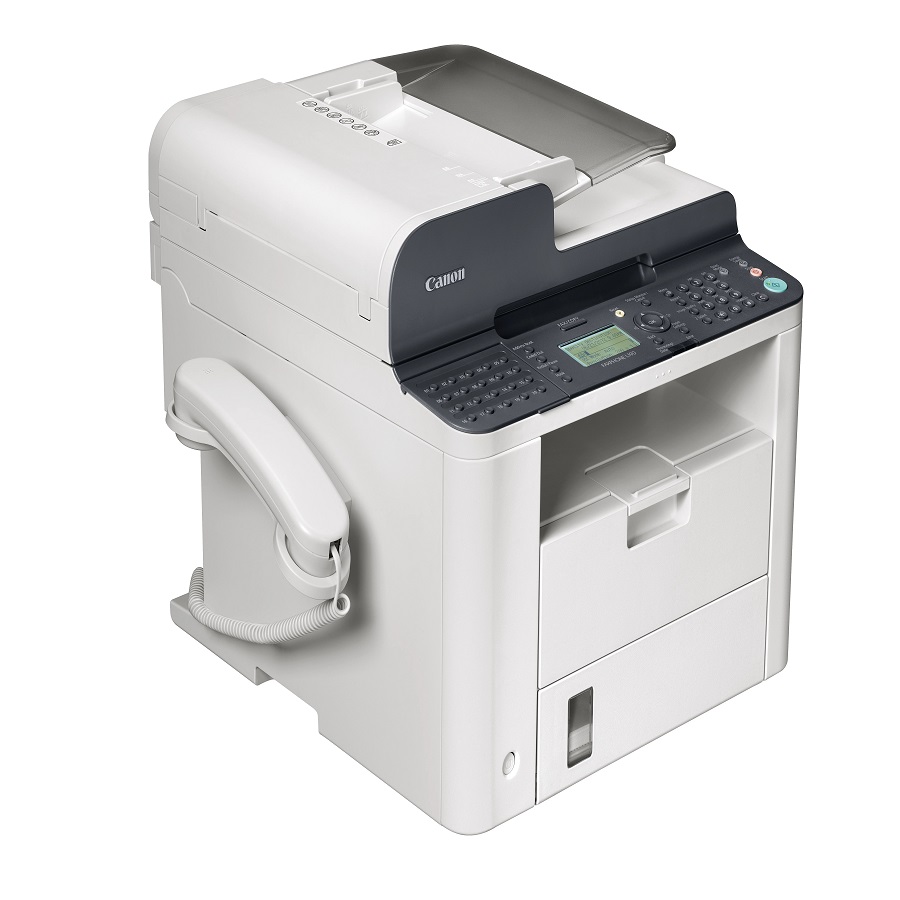
Origins and Early Development
What year was fax machine invented? The concept of transmitting images and written material via telecommunication dates back to the 19th century, with early experiments and prototypes laying the foundation for modern fax technology. Pioneering inventors such as Alexander Bain, Giovanni Caselli, and Frederick Bakewell made significant contributions to the development of early fax systems, effectively establishing the groundwork for future advancements in the field. These early systems utilized electromechanical methods to scan and transmit images and text over telegraph lines, paving the way for the creation of more sophisticated fax machines.
Commercial Adoption and Popularization
What year was fax machine invented? The commercial adoption of fax technology gained momentum in the mid-20th century, with companies and organizations recognizing the potential of fax machines to streamline communication and document exchange. The development of modern fax machines began in the 1960s, as manufacturers introduced compact and user-friendly devices that utilized thermal paper and a combination of photoelectric cells and transmitter-receiver units to facilitate the transmission of faxed documents. This period witnessed a widespread shift towards the integration of fax machines into office environments, marking the onset of the fax machine’s commercial popularity and usability.
Technological Advancements: From Analog to Digital
The evolution of fax technology continued into the late 20th century with the digital revolution, leading to significant advancements and improvements in fax machine functionality and performance. The transition from analog to digital fax systems introduced enhanced clarity, speed, and efficiency in document transmission, with the incorporation of digital imaging and signal processing technologies. This pivotal shift facilitated the transmission of higher resolution images, reduced error rates, and improved compatibility with emerging digital communication networks, further consolidating the position of fax machines as an integral communication tool.
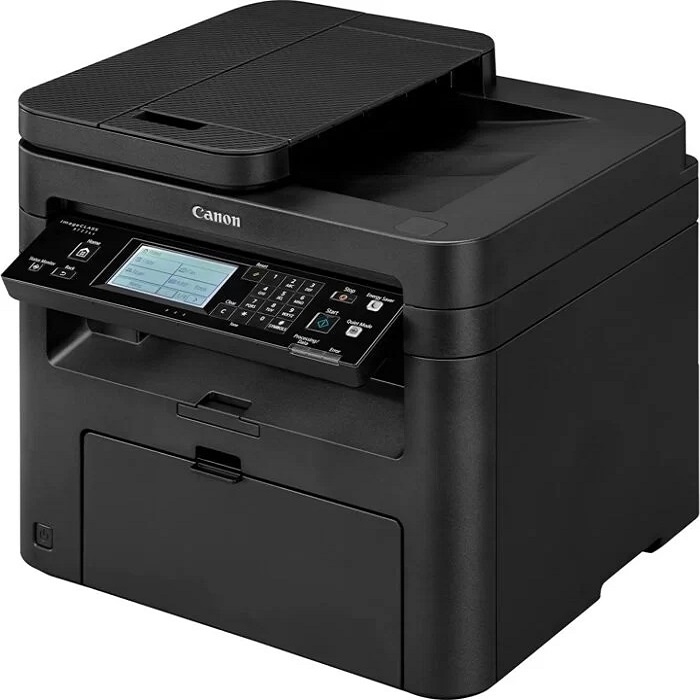
Ubiquity and Diverse Applications
The ubiquity and versatility of fax machines across various sectors and industries cemented their status as an indispensable communication tool. From government and legal offices to healthcare and finance sectors, fax machines have been extensively utilized for transmitting legal documents, medical records, financial records, and other critical information. The accessibility and reliability of fax machines as a fast and secure means of transmitting sensitive documents, even in regions with limited internet connectivity, reinforced their prominence as a core component of global communication infrastructure.
Integration of Fax with Telecommunications Technologies
The integration of fax technology with telecommunications networks and digital platforms further enhanced its operational compatibility and reach. Advanced digital telephony protocols such as T.30, T.37, and T.38 paved the way for the seamless integration of fax transmissions in Voice over Internet Protocol (VoIP) networks and IP-based communication systems. This integration facilitated the convergence of fax technology with modern telecommunication infrastructures, enabling the widespread adoption of internet-based fax services and digital faxing solutions.
Challenges and Technological Adaptations
In the face of evolving communication technologies and shifting business practices, fax machines encountered challenges related to interoperability, security, and the digital transition. While traditional fax machines were pertinent in many organizations, the emergence of email, cloud-based document sharing, and electronic signature solutions posed challenges to the traditional fax model. Consequently, fax machine manufacturers and service providers adapted to the changing landscape by offering digital fax solutions, cybersecurity features, and interoperable platforms that bridged the gap between legacy fax technology and modern communication environments.
Enduring Legacy and Contemporary Relevance
Despite the advent of digital communication technologies. The fax machine continues to maintain a strong foothold in various industries. Including legal, healthcare, and finance. Where compliance and document security requirements demand the use of fax for transmitting sensitive information. Moreover, the enduring legacy of fax machines is observed in the context of international communication. As fax remains a widely utilized means of global correspondence, particularly in regions with limited access to modern digital infrastructure.
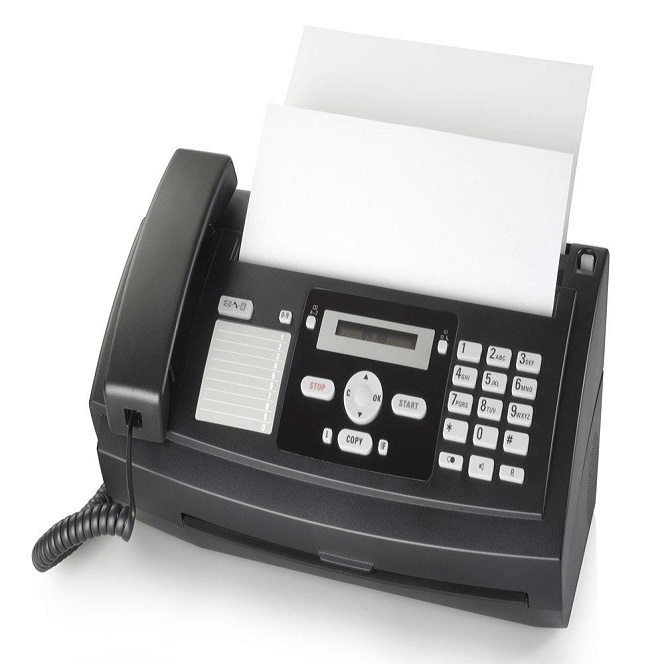
Advantages of fax machine
The fax machine has long been a vital tool in business, government, healthcare. And various sectors, serving as a reliable means of transmitting documents and data over long distances. Despite the advancements in digital communication. The enduring significance of fax machines can be attributed to their unique advantages and operational flexibility.
Reliability and Security
One of the key advantages of fax machines is their reliability in transmitting sensitive. And confidential information. Unlike digital files that can be vulnerable to cyber threats, fax machines offer a secure transmission method. That is difficult to intercept or alter during the transmission process. This heightened level of security ensures that critical documents, medical records, legal contracts. And financial information remain protected and confidential during transit. Addressing important regulatory and compliance standards related to data security and privacy.
Universal Compatibility
Another significant advantage of fax machines lies in their universal compatibility. Allowing for seamless communication with a wide range of devices and communication technologies. Regardless of the type and model. Fax machines have the ability to transmit documents to recipients equipped with similarly compatible devices. Including traditional fax terminals, multifunction printers with fax capabilities. And internet-based fax platforms. This ubiquitous compatibility reinforces the enduring relevance of fax machines across diverse communication networks and operational environments.
Legacy Infrastructure Integration
One distinctive advantage of fax machines is their ability to integrate with legacy infrastructure and communication systems. Providing a seamless bridge between traditional analog telephony and modern digital networks. This integration facilitates the continued utilization of legacy telephone lines. And telecommunication infrastructure. Allowing organizations to retain their investment in existing fax infrastructure. While also coexisting with emerging digital communication technologies. As a result, businesses and institutions can maintain interoperability. Ensuring a smooth transition to modern communication platforms without dismissing the legacy fax infrastructure.
Transmission of Legal and Original Documents
In legal, financial, and administrative contexts. The transmission of original documents and signatures is often vital for legal and compliance purposes. Fax machines provide a trusted and legally recognized method for sending and receiving original documents and signatures. As faxed documents are typically considered legally binding and admissible in court. This advantage positions fax machines as a critical tool in facilitating the efficient exchange of contracts, waivers, affidavits. And other legally binding documents. Contributing to the persistence of fax as a fundamental component of legal and contractual communications.
Reliable Long-Distance Communication
Fax machines excel in the transmission of documents over long distances. Offering a dependable method for remote communication that transcends geographical barriers. As a result, fax machines remain a preferred choice for intercontinental communication. Where internet access may be limited. Ensuring that documents are reliably transmitted to recipients regardless of their location.
Ease of Use and Operational Simplicity
The operational simplicity and user-friendly nature of fax machines contribute to their enduring relevance and appeal. Setting up and operating a fax machine typically requires minimal training. And the process of sending and receiving faxes is straightforward and intuitive,. Benefiting individuals and organizations that prioritize efficiency and ease of use.
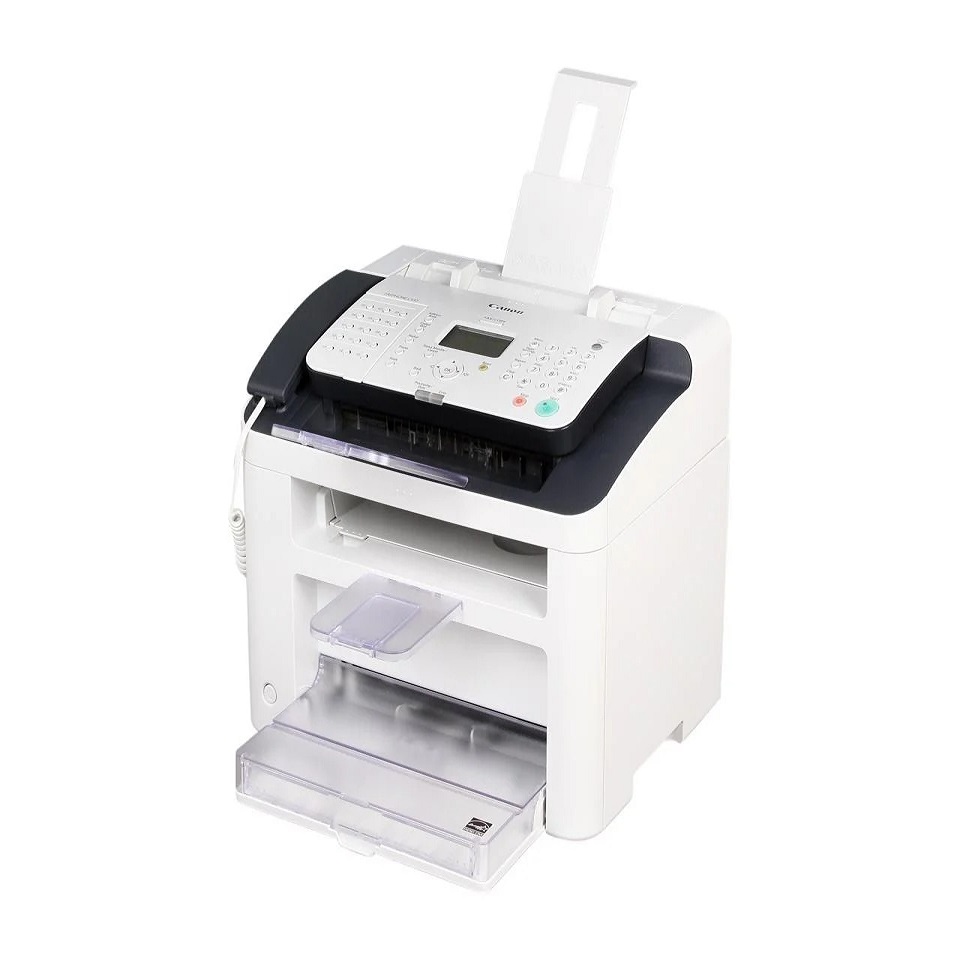
Conclusion
What year was fax machine invented? The invention and evolution of the fax machine played a pivotal role in shaping the landscape of modern communication and information exchange. From its historical origins and early development to the commercial adoption and technological advancements. The fax machine has left an indelible mark on the way documents and images are transmitted over long distances. Although facing challenges and adaptations in the digital era. The enduring relevance and significance of fax machines in various sectors affirm their enduring legacy as a foundational tool in the evolution of communication technology.





